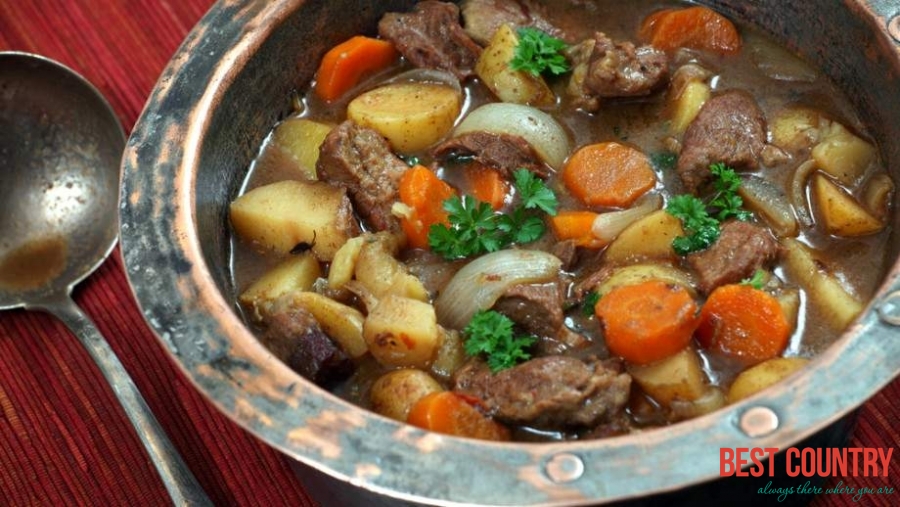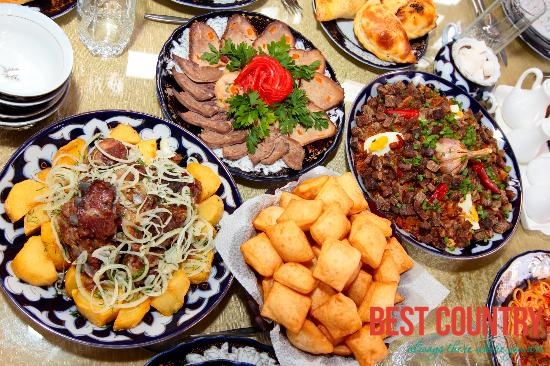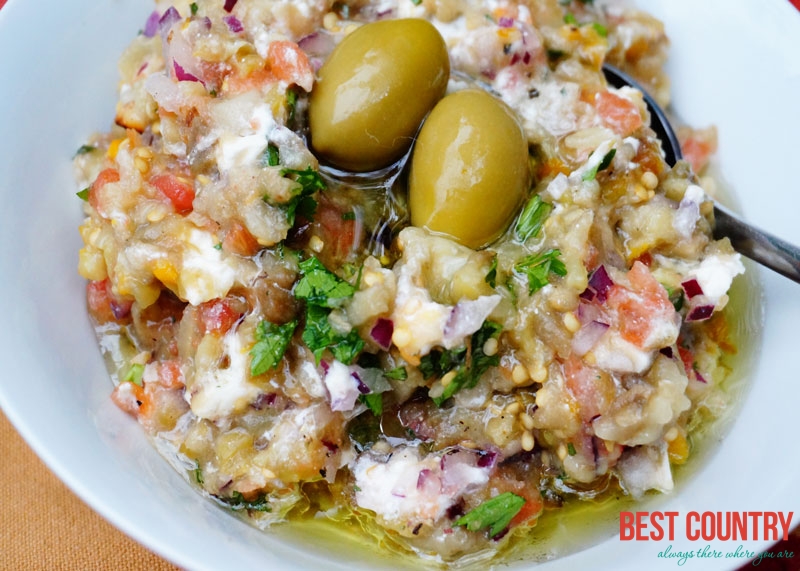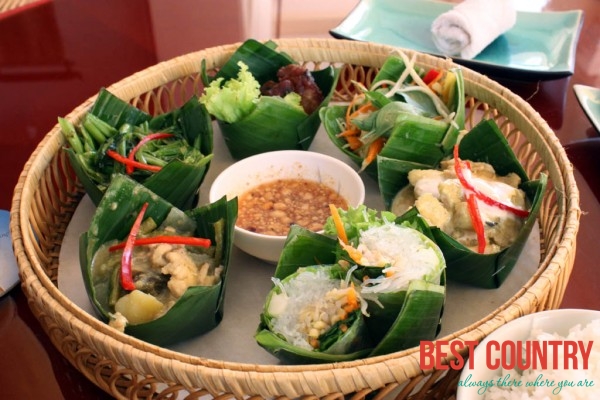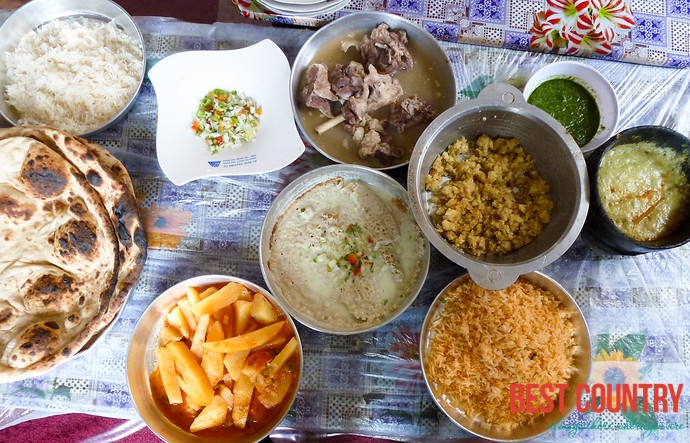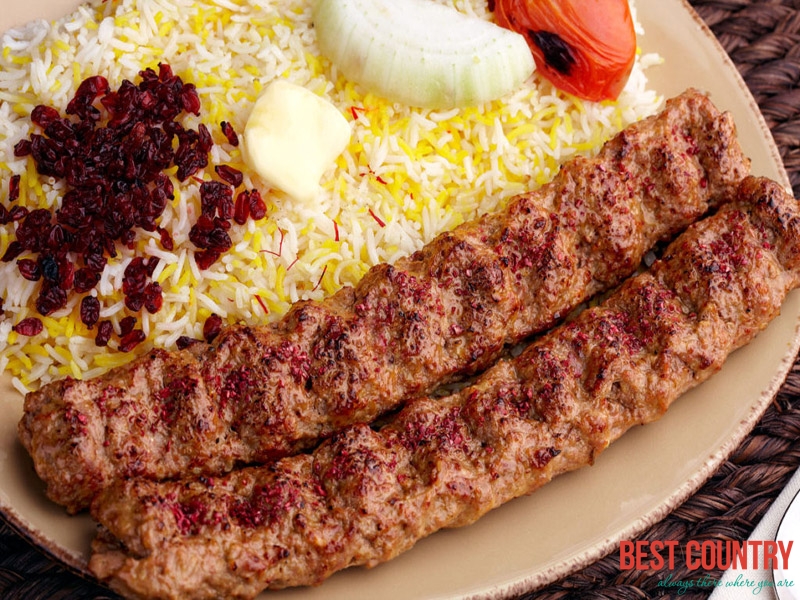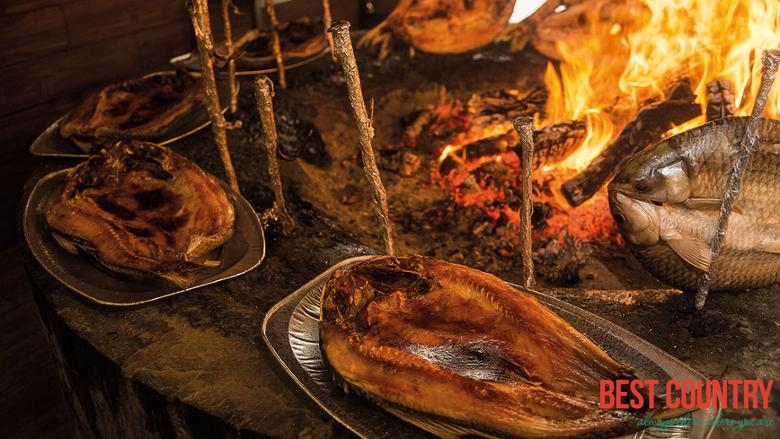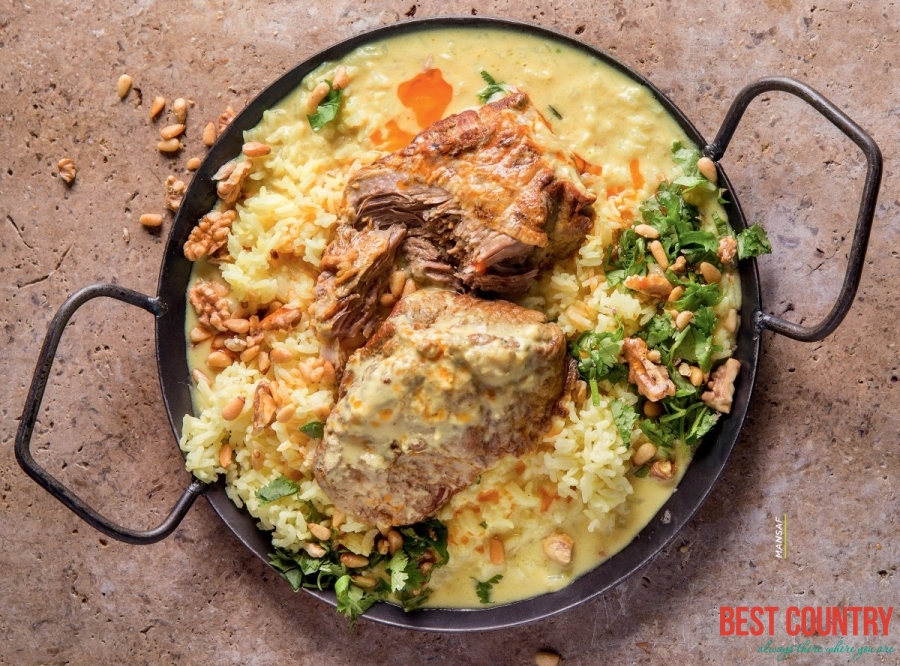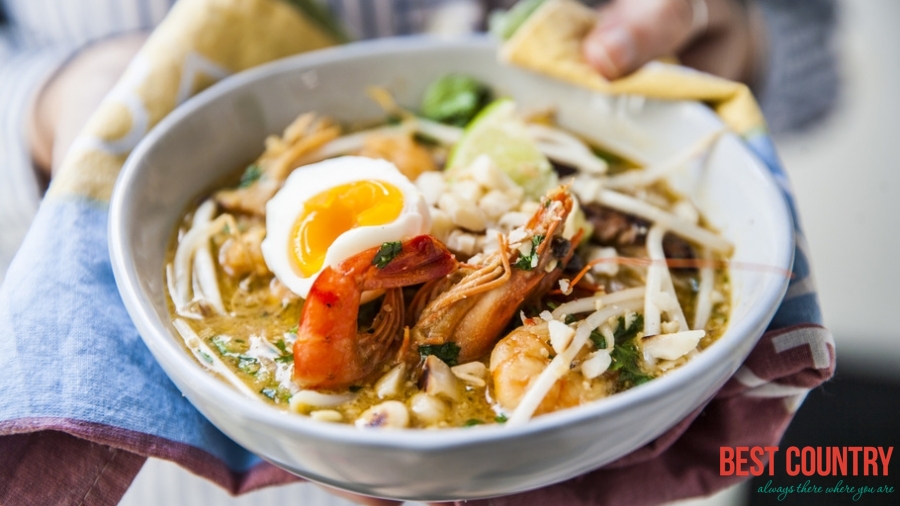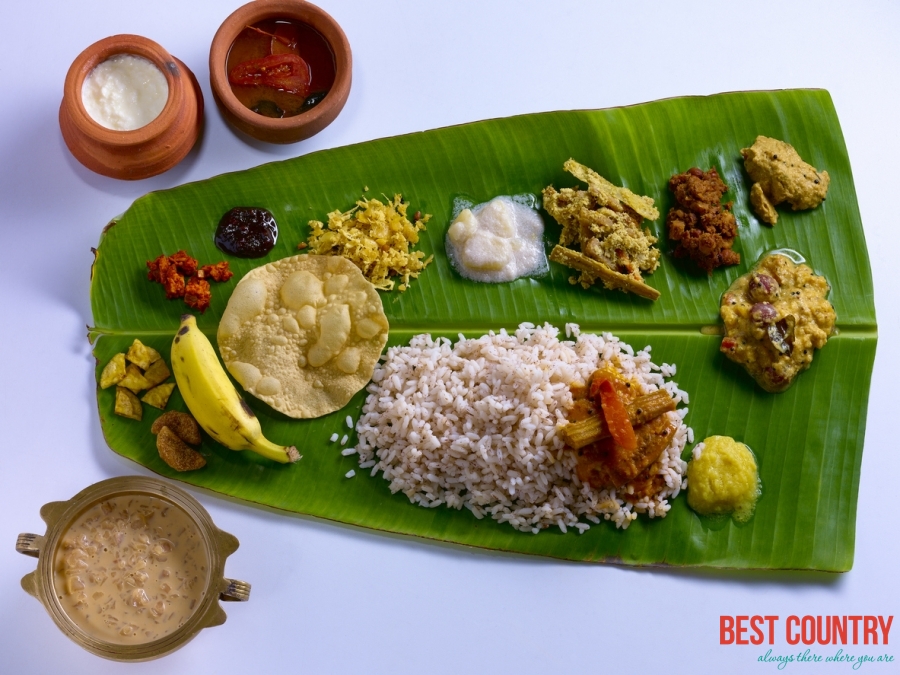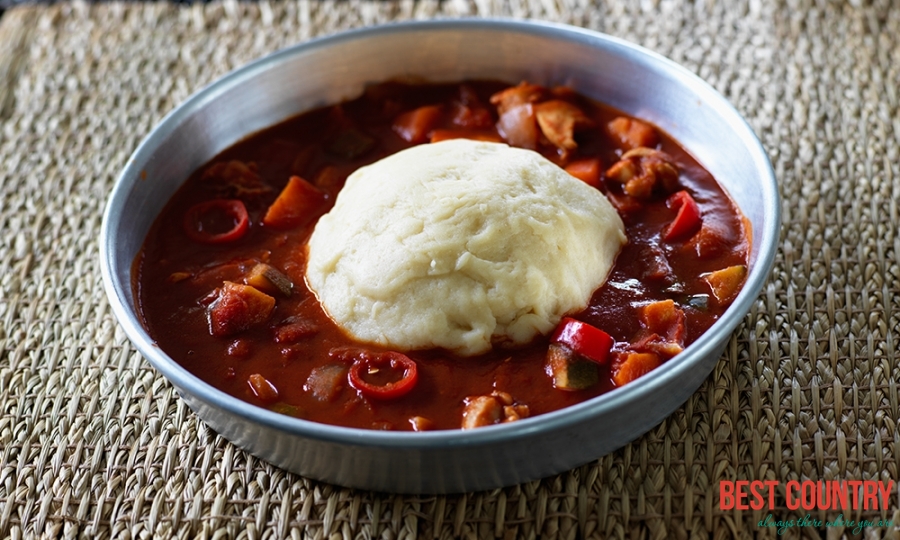International cuisine in different countries
Palau Food
Palauan food is wonderfully varied and draws heavily on influences from the United States, Japan, the Philippines, Indonesia and Malaysia.
Papua New Guinea Food and Drink
Hotel dining rooms cater for most visitors and menus in main centres are fairly extensive. The more remote the area, the more likely it is that the menus will be basic. However, increasing use is made of fresh local meat, fish, vegetables and fruit. The number of European, Chinese and Indonesian restaurants is rising.
Kyrgyzstan Food and Drink
Kyrgyz food reflects its location and history, with its main influences drawn from the necessities of a nomadic life in a relatively harsh climate.
Good Food in Cyprus
The quality of food in general in Cyprus is very good. The vegetables are fresh, plentiful and varied. We have not yet discovered the 'benefits' of irradiation' and fresh local produce can be bought in carrier bags as they begin to 'turn' for about Ј1 a bag, no matter what the contents.
Traditional Qatari Cuisine
Qatar's traditional cuisine has been strongly influenced by migrants from Iran and India, and more recently North Africa.
Cambodian Food
Cambodian cuisine includes noodles, soups, grills, stir-fried, curries, salads, desserts, lots of vegetables, tropical fruits, and of course rice which is the staple food for Cambodians.
Traditional dishes in Kazakhstan
Kazakh national cuisine reflects the nature of its people, its history, customs and traditions. Since old times hospitality has been the most distinctive feature of the Kazakh people. A guest is always given a special welcome and offered the place of honor.
Yemen food
Yemen food reflects the food habits of the people of Yemen. The staple food of Yemen is flat bread. The origin of the different cuisines of Yemen can be traced back to the ancient days, when the kings of Himyar and Saba ruled in Yemen. The Yemeni dishes are very tasty and very rich condiments are used while cooking.
Food in Iran
Due to the range of culinary traditions across the Iranian provinces, food in Iran is extremely diverse. Common to all the Iranian provinces however, is the fact that Iranian food tends to be both healthy and nutritious.
Iraq Cuisine
Iraqi cuisine has changed and evolved since the time of the Babylonians, Sumerians and Assyrians. The cuisine has been influenced by those ancient civiliSations, which also had influence Greek and Persian cuisines. With the coming of Islam and the spread of Arab culture, which influenced the region, the food was enhanced to combine old and new sets of tastes.
Jordanian Cuisine
Arabic cuisine delights the gourmet, and feasting is a preoccupation not only of Jordan, but of the Middle East as a whole.
Food in Indonesia
Indonesia is the largest economy in Southeast Asia and is home to over 230 million people.
Indian food
Indian food is different from rest of the world not only in taste but also in cooking methods. It reflects a perfect blend of various cultures and ages. Just like Indian culture, food in India has also been influenced by various civilizations, which have contributed their share in its overall development and the present form.
Congolese cuisine
The cuisine of the Democratic Republic of the Congo varies widely, representing the food of indigenous people. Cassava is generally the staple food usually eaten with other side dishes.

